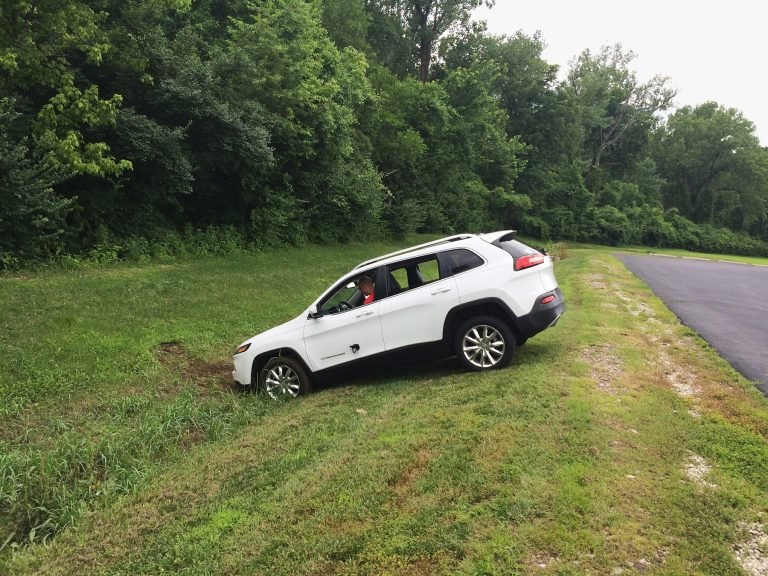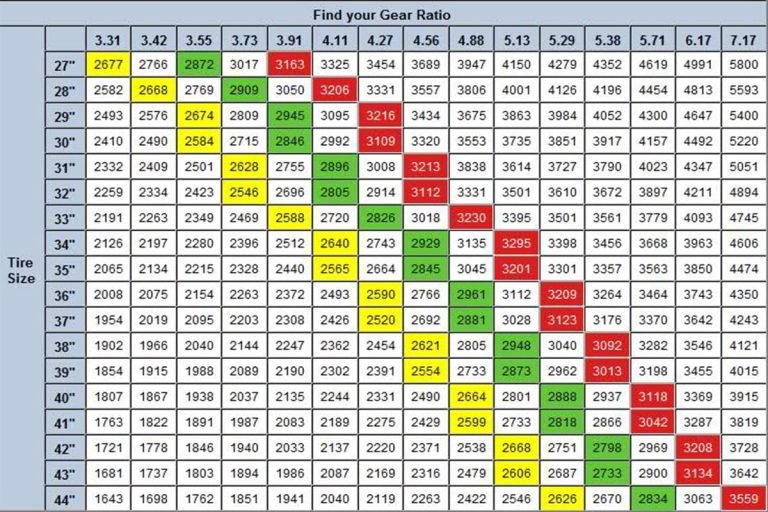Jeep Grand Cherokee Coolant Bleeder Screw Size
The Jeep Grand Cherokee coolant bleeder screw size is a 10mm socket or wrench. This little component plays a crucial role in the performance of your Jeep, and it’s essential that it fits perfectly in order to prevent coolant leaks that can lead to engine damage. Think of it as the tiny hero keeping your engine safe from overheating. But beyond that fact, why should you care about the size of something as seemingly insignificant as a bleeder screw? Trust me, read on, and not only will you understand why, but you’ll also be able to handle this aspect of your vehicle maintenance like a pro.

Demystifying the Coolant Bleeder Screw
Within the cooling system of your Jeep Grand Cherokee, the coolant bleeder screw holds substantial significance. It’s essentially a small valve that releases trapped air from the cooling system, thus ensuring your engine keeps its cool even during the most demanding off-road adventures.
Understanding its Role
When you refill your cooling system after draining it or replacing parts, air can become trapped within. This can impact how effectively the coolant circulates, compromising the cooling system’s efficiency. You might notice your temperature gauge reading higher than normal, or observing coolant leaks. The bleeder screw comes to the rescue here, by releasing this trapped air, providing a direct path for coolant to flow smoothly and keep the engine temperature under control.
Changing the Coolant: The Essentials
Performing a coolant change isn’t just a task for the pros. With the right information and a bit of patience, you can do it yourself. Here’s the basic procedure.
Materials Needed
– Coolant drain pan
– Coolant (refer to your vehicle’s manual for the correct type and amount)
– 10mm socket or wrench (for the bleeder screw)
– Rags or towels for any spills
Procedure
1. Make sure the engine is cool. Opening a hot engine can cause severe burns from the coolant.
2. Place the drain pan under the radiator. The drain plug is typically located on the bottom of the radiator.
3. Open the drain plug and allow the coolant to fully drain into the pan.
4. Once the radiator is empty, switch out the old coolant with new coolant.
Frequently Asked Questions
Q. How often should I change my coolant?
Whilst there isn’t a one-size-fits-all answer, typically, coolant should be replaced every 30,000 to 50,000 miles, or every 5 years, whichever comes first. However, refer to your vehicle’s manual as the manufacturer’s recommendations can vary.
Q. Can I use any size socket or wrench for the coolant bleeder screw?
It’s important to use the correct size, which is a 10mm socket or wrench for the Jeep Grand Cherokee. Using the wrong size could potentially strip the screw, making it difficult to remove in the future.
Final Thoughts
As a Jeep owner, it’s vital to understand the intricate roles of every component in your vehicle, including the unassuming coolant bleeder screw. Although small in size, it plays a massive role in maintaining the efficiency of your cooling system, and in turn, enhancing the performance and longevity of your engine.
Whether you’re tackling demanding trails, cruising down highways, or tackling the daily commute, understanding the importance of the coolant bleeder screw and how to manage it can make all the difference in your Jeep Grand Cherokee’s performance.







